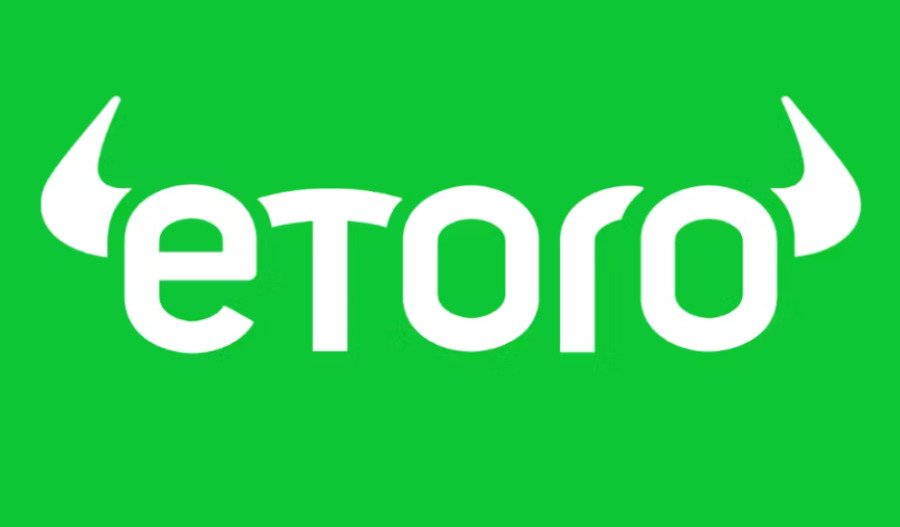Over a year after its failed US$20 billion sale to Adobe due to regulatory hurdles, San Francisco-based Figma (FIG) is targeting a fully-diluted valuation of up to US$16.4 billion in its initial public offering, as the cloud-based design software firm prepares for a debut on the New York Stock Exchange.
Figma’s IPO is expected to add momentum to the nascent resurgence of technology companies joining United States exchanges, with concerns over inflation and a recession turning many investors away from fast-growing money-losing companies since 2021.
However, there is also lingering fear that renewed trade tensions could spook investors and add further disruption to the IPO market.
Also playing in investors’ minds is the realisation that most of Figma’s revenue in 2024 will come from outside the U.S., exposing it to potential demand softness if international clients tighten their purse strings in response to tariffs.
Meanwhile Figma’s IPO is expected to receive some updraft in the wake of stablecoin giant Circle (CRCL.N), which debuted with whopping gains last month and has continued to rally higher.
What’s also attracting investors to this major technology player is its apparent support for bitcoin.
According to recent filings, the company had around US$70 million invested in Bitwise's bitcoin exchange-traded fund as of 31 March and intends to allocate a further $30 million to bitcoin.
An updated IPO prospectus also reveals that the company expects to sell around 37 million shares [at US$25 to US$28 each] generating up to US$1 billion in proceeds for co-founder and CEO Dylan Field and other shareholders.
It’s understood that Field’s plans to offload 2.35 million shares, will see him pocket as much as US$65.8 million.
Second quarter preliminary results, released yesterday, revealed US$9.0 million to US$12.0 million in operating income and US$247 million to US$250 million in revenue.
These numbers imply year-on-year revenue growth of 39% - at the low end and 41% at the high end – versus first quarter growth that exceeded 46%.
Sitting between 4% and 5%, the operating margin was also up from 3% in the same quarter a year ago.
As a cloud-based design platform that allows users to collaboratively create and edit apps, websites and software interfaces, Figma’s customers include ServiceNow (NOW.N), Workday (WDAY.O), and SAP (SAPG.DE).
Given that the industry landscape is shifting, Figma’s CEO Field has flagged plans to take "big swings" with M&A, telling the market that it may make decisions that may not seem immediately rational.
In addition to sharpening the company’s focus on AI, Field also warned that design tools driven by the technology could make some customers less reliant on its platform.
With that in mind, investor attention remains firmly on companies with solid fundamentals and a clear path to profitability, notes Leslie Marlow, a corporate attorney at Blank Rome.
"Figma's product is its primary marketing engine. Its collaborative nature fosters viral, bottoms-up adoption, leading to a best-in-class sales efficiency," said Tomasz Tunguz, founder of venture capital firm Theory Ventures.
It’s understood that Figma's IPO could happen as early as next week.



